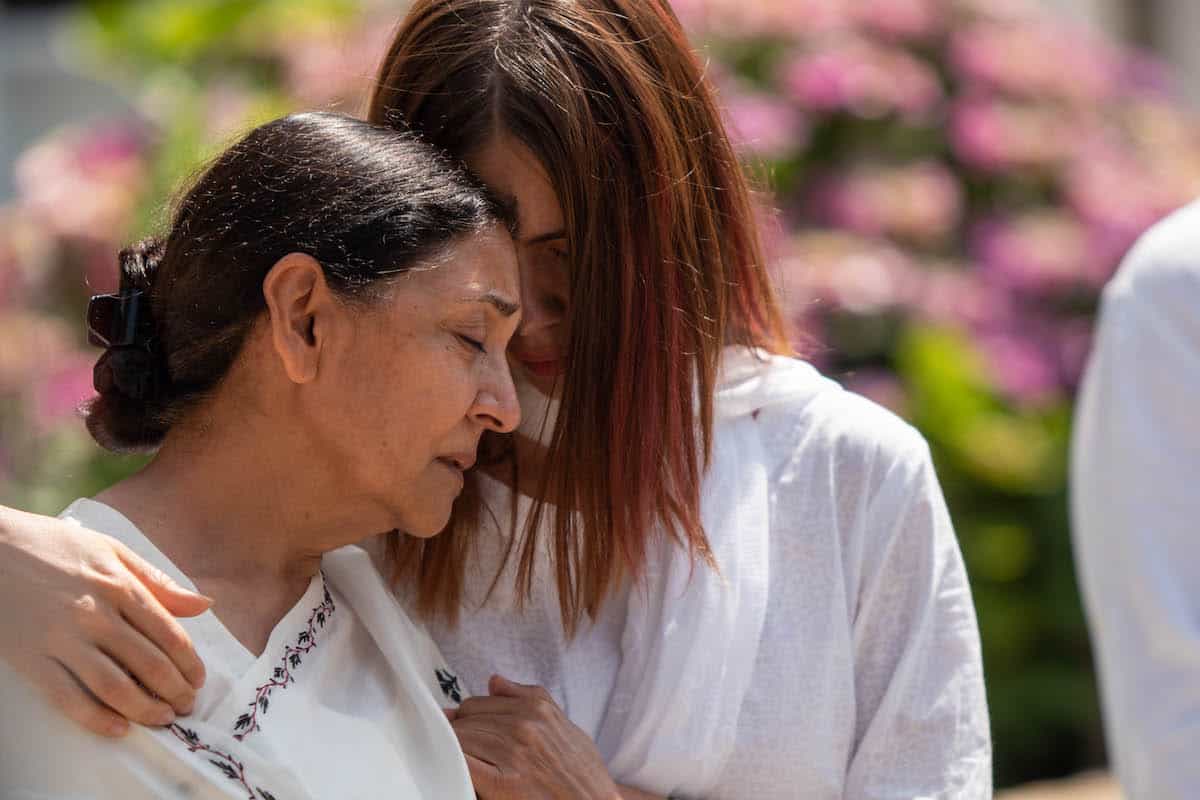By Rahul Desai
The Odia-language Kalira Atita stars Pitobash Tripathy as Gunu, an unhinged man who returns to his coastal Odisha village days before the landfall of yet another cyclone. While the entire region is being evacuated, with panicked residents heading towards higher ground and rehabilitation centres, a lone Gunu makes his way towards the ocean. The film slowly reveals – through his hallucinatory state and flashbacks – that Gunu is driven by the numbing grief of losing his young family to a previous cyclone. His village is long flattened, but the guilt of abandoning them has cost him his sanity. He rages and rages against the dying of light. In an early scene, his sister – on her way out from the village – is heartbroken to see Gunu’s oblivion. She knows he’s far gone, and she knows she can do nothing to stop him. It’s like she’s living through the death of a loved one even while he’s alive.
The premise is fundamentally moving. The idea of a person seeking salvation for his sins is elevated by a story that organically allows for a visual journey. But you can sense the director getting carried away with the cinematic fertility. All said and done, Kalira Atita is not an easy film to watch. And I mean that purely on a sensory level. It is bareboned and minimalistic – at times too extreme in its remoteness – testing the viewer’s patience in pursuit of a strange sense of artistic integrity. As a result, its 80-odd minutes feel like an eternity, especially because there is no change in the tone of the narrative – the protagonist battles the elements of nature, sees visions of his late wife and daughter, rinse, repeat. It veers painfully close to what an adventure reality series called Survivor: Odisha may look like.
I found myself zoning out and taking several breaks during the film, despite it being designed as an immersive experience. The craft is noble for what it tries to evoke. Even the darkness is filmed without an artificial light source, making for a grainy and unsettling portrait of a man lost in the ruins of his past. But there’s only so much of man-v/s-wild a movie can float. The survival portions – where a famished Gunu chases crabs for dinner – are unnecessary, because they somewhat dilute the spiritual dimensions of an anti-survival film. It’s obvious that the “everything goes” mentality of such stories can trigger a wave of self-indulgence.
Pitobash performs at a dramatic Tom-Hanks-in-Cast-Away pitch. His inanimate companion here is not a volleyball but a radio transistor – a device to keep the audience informed about the inevitable storm. His body-acting is committed, with Gunu looking more and more deluded with every passing hour. It’s a single-character film; the camera stays on him as he makes his way through streams, parched riverbeds, forests and the wilderness caused by rising sea levels. All the while, his memories intermesh with the starkness of his reality. Pitobash’s face evokes the notion of “madness” in a very distinct manner. It never really feels he’s on a suicide mission; in his head, this is a long-awaited reunion and reckoning.
It’s a difficult role, and the actor does his best to lend a human face to what is essentially an environmental documentary. It’s shot in such a way that the character is almost incidental to the frames – he is the embodiment of a voiceover, and a medium to access various parts of a real landscape in peril. If you edit him out of the film, what’s left is a non-fictional account of atmospheric climate-change montages. It’s a testament to the actor’s physicality that he gives the film meaning beyond its social relevance. He prevents it from entering the realms of pretension – and from becoming the kind of film that exists purely as an ode to adjectives like “gritty” and “hard-hitting”.
In the process, Kalira Atita straddles the ambiguity of identity while staying faithful to the aesthetics of environmental storytelling. It’s a welcome diversion for Nila Madhab Panda, a director often torn between the nobility of intent and depth of content. Even some of his better work – like I Am Kalam, Kadvi Hawa and Kaun Kitne Paani Mein – has lacked the flair and definition required to construct a cultural space. You can tell that Kalira Atita is a conscious shedding of baggage for both the filmmaker and his central character. The winds of social change are heavy, but both of them are thriving in the calm before the storm.
[This review was originally published on FirstPost]







Leave A Comment
You must be logged in to post a comment.